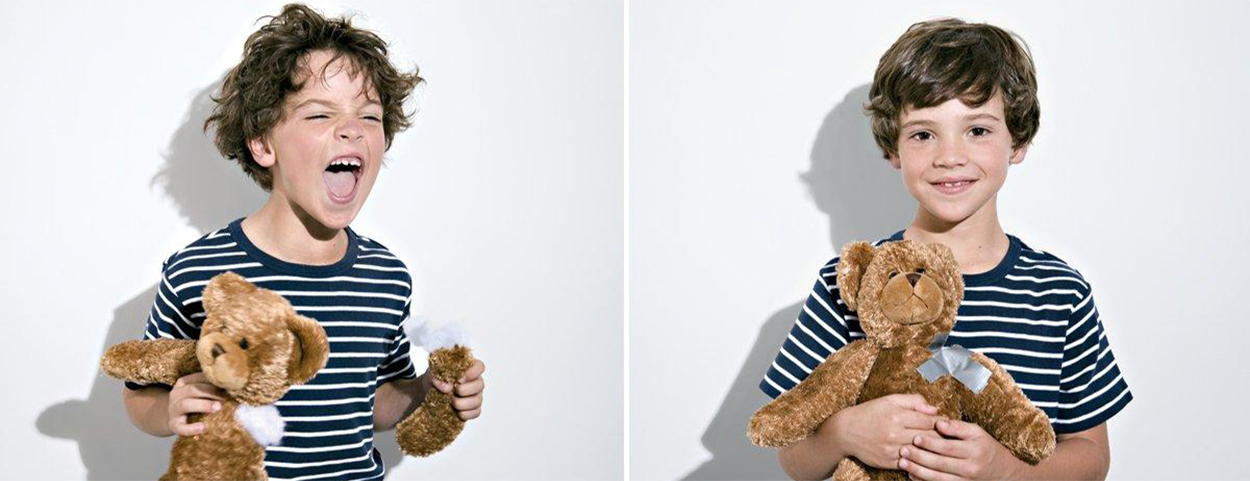
It is a psychiatric disorder that consists of periods of mania and depression, usually diagnosed in adulthood, but it is determined that the complaints begin in adolescence in approximately 50-60% of the patients. The main reason for skipping it can be overlooked because the symptoms overlap with the variable behaviors of the age periods. Adult bipolar disorder symptoms can be considered as normal age period behaviors in children.
Bipolar disorder often appears in young adulthood between the ages of 15 and 35, although it can begin at any age. The average age of onset is around 18 years for men and 20 years for women. Half of bipolar people experience their first episode of bipolar illness before the age of 20. And usually the first episode is depression, and in this case, it is a situation that delays the diagnosis of bipolar. Onset in childhood and advanced age is less common. The lifetime incidence in the community is approximately 1-2%.
Bipolar disorder that starts in childhood or adolescence significantly impairs the functionality of the person. Early onset is a bad criterion for the course of the disease. If it is not diagnosed and treated on time, serious problems are experienced in adulthood as well.
The disorder can be seen at an earlier age in children with a family history of bipolar disorder. The results of many years of research on the cause of bipolar disorder have shown that this disorder is not seen in some members of the family, but is caused by a genetic predisposition that causes bipolar disorder in some individuals. This predisposition causes changes in the functioning of monaamines, which are involved in the transmission system of dopamine, noradrenaline, serotonin and glutamate, in the frontal cortex and limbic system regions of the brain, which regulate thoughts, behaviors and emotions.
Bipolar disorder in children and young adolescents appears differently than in adults. Bipolar disorder can be seen in both children and adolescents. Unlike adults, however, children and young adolescents experience very rapid mood swings many times a day, often between manic and depressive episodes. This rapid cycle can be perceived as behavioral problems. Mania is not seen as being overly happy, secure, etc., as in adulthood, but as a period of extremely tense and destructive tantrums. Depression in children with bipolar disorder is seen in the form of numerous somatic complaints, reluctance to school, changes in sleep and appetite, attempts to escape from home and school, irritability, complaints, unreasonable crying, decreased social interaction, and extreme intolerance to rejection or failure.
Bipolar disorder mania symptoms in childhood and adolescence;
Increase in energy,
Distraction, difficulty in focusing and maintaining the subject,
Rapid speaking and inability to interrupt,
Excessive reaction to events, sudden and uncontrollable Outbursts of anger,
Feeling very strong and invincible,
Jumping from branch to branch while talking,
Decreased sleep and appetite,
Looking extremely happy, feeling energetic
Adolescents:
Mixed symptoms are also common in teenagers with bipolar disorder. Findings close to the adult type are seen in the older age group. In adolescence, it can be accompanied by excessive energy, feeling strong, etc. and excessive sexual tendencies, substance, alcohol abuse, and inclination to crime in the social environment. Suicidal ideation can be followed intensely. Traumatic events may trigger the onset of bipolar disorder. Children and adolescents with an addiction or suicidal thoughts should always be taken seriously and evaluated for mood disorders. With appropriate treatment, it is possible to overcome suicidal thoughts and other problems.
Other psychiatric conditions that may show the symptoms of bipolar disorder should also be evaluated. Attention Deficit Hyperactivity Disorder (ADHD) in children, other Disruptive Behavior Disorders, Intellectual retardation, and metabolic causes should be evaluated. In fact, ADHD often appears before the symptoms of bipolar disorder occur. This does not mean that every child with ADHD will have bipolar disorder. However, a child with ADHD who has a relative with bipolar disorder is more likely to develop this disease than the normal population. If mania symptoms occur after the use of antidepressants or psychostimulants in children, a detailed evaluation in terms of bipolar disorder would be appropriate.
Treatment of bipolar disorder in children and adolescents:
It is essential that children and adolescents with bipolar disorder receive early diagnosis and treatment and learn how to control their symptoms as they grow older. Drug treatments help control mood and psychotherapy support works. Careful and regular treatment is important in children and adolescents. The disease, treatment and process should be discussed with the person and the family, and cooperation should be ensured.

